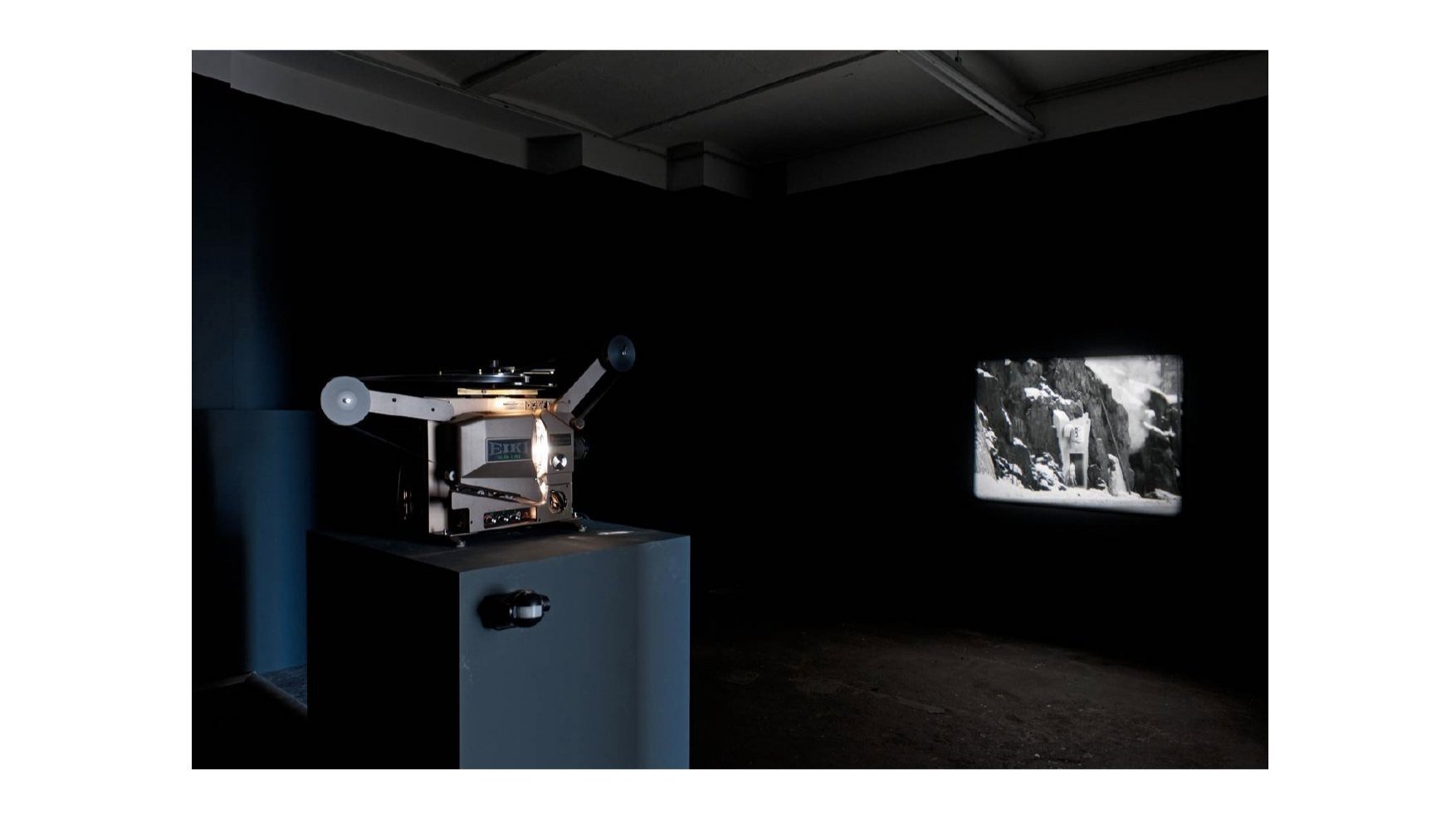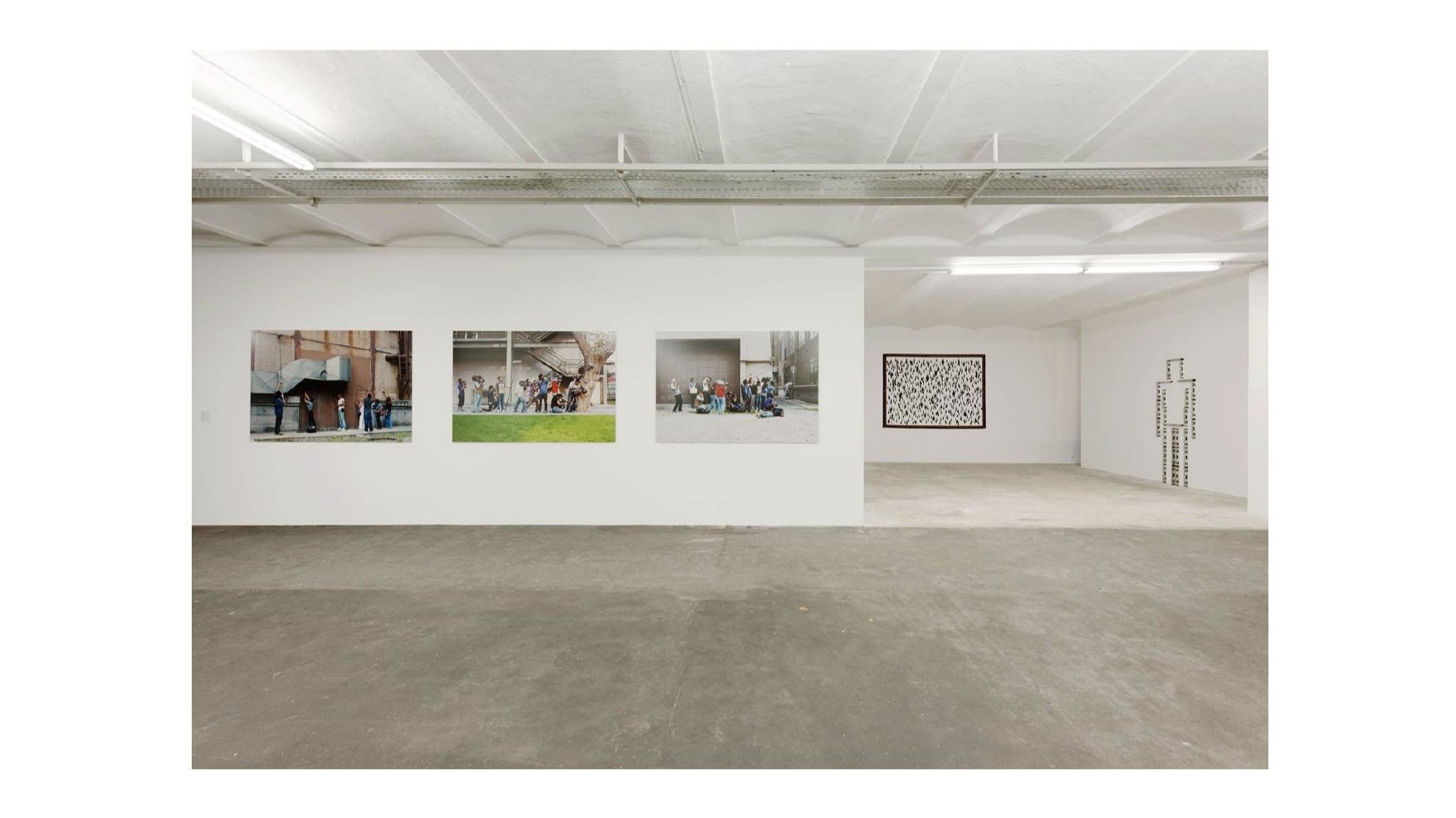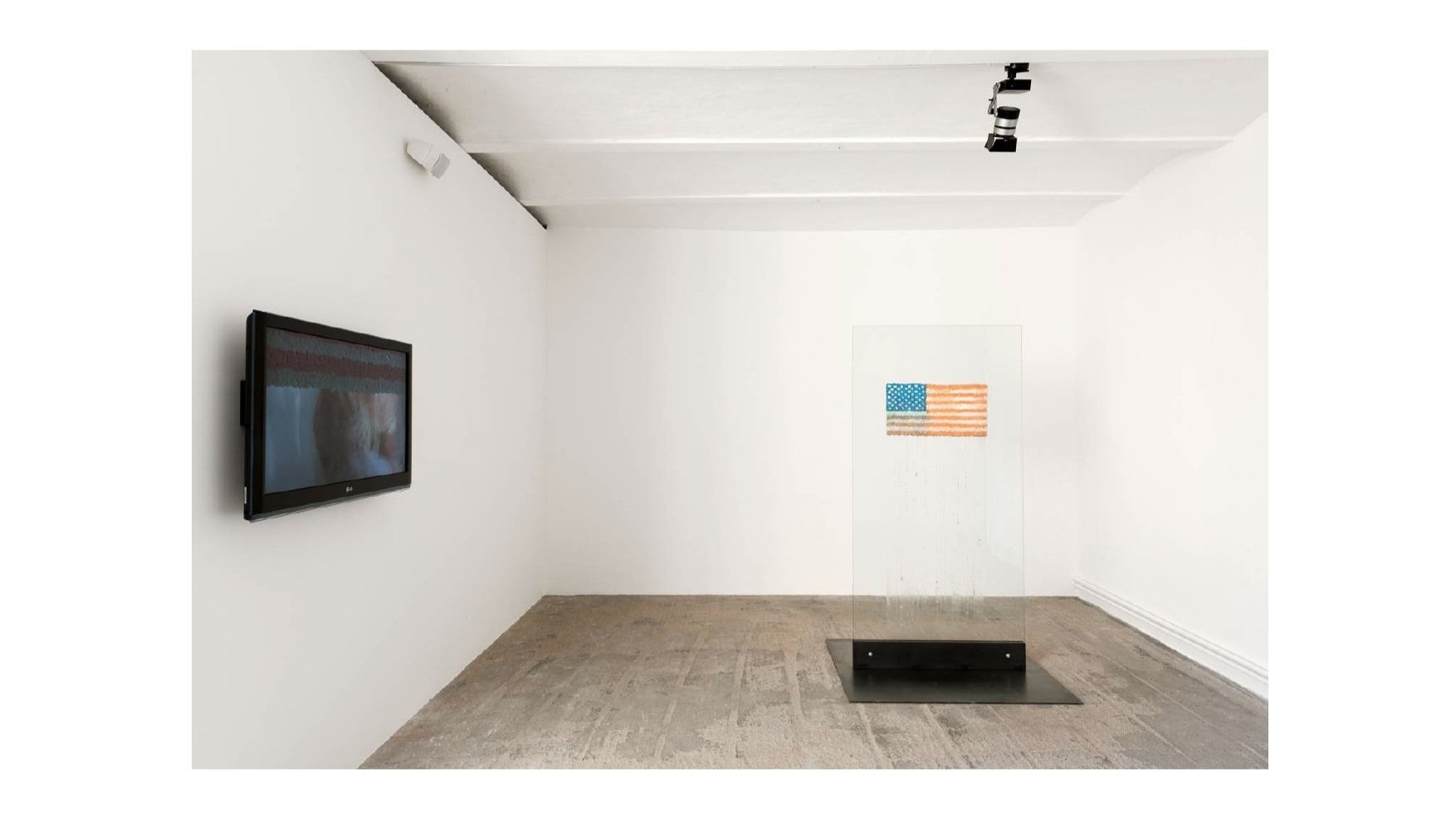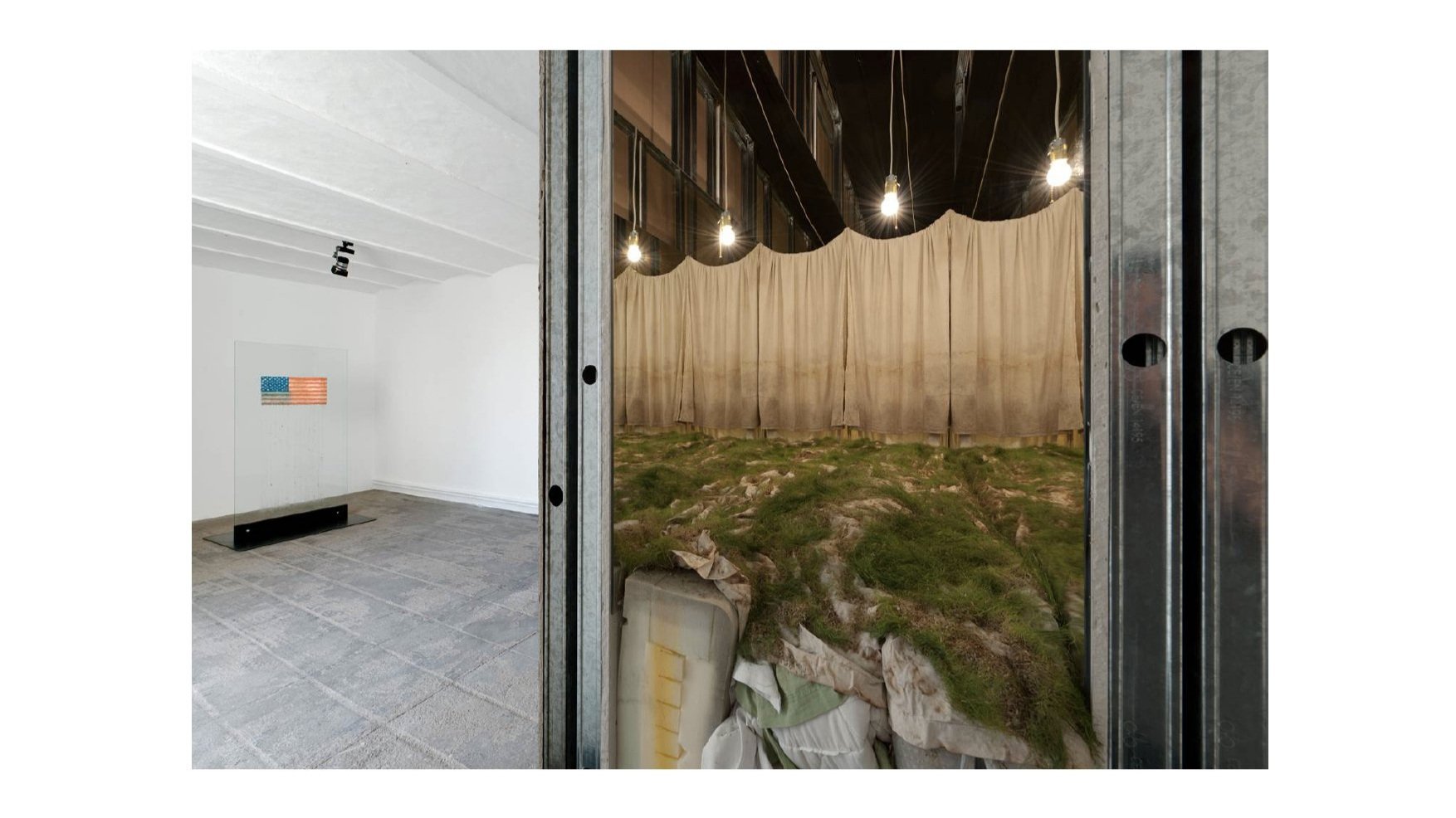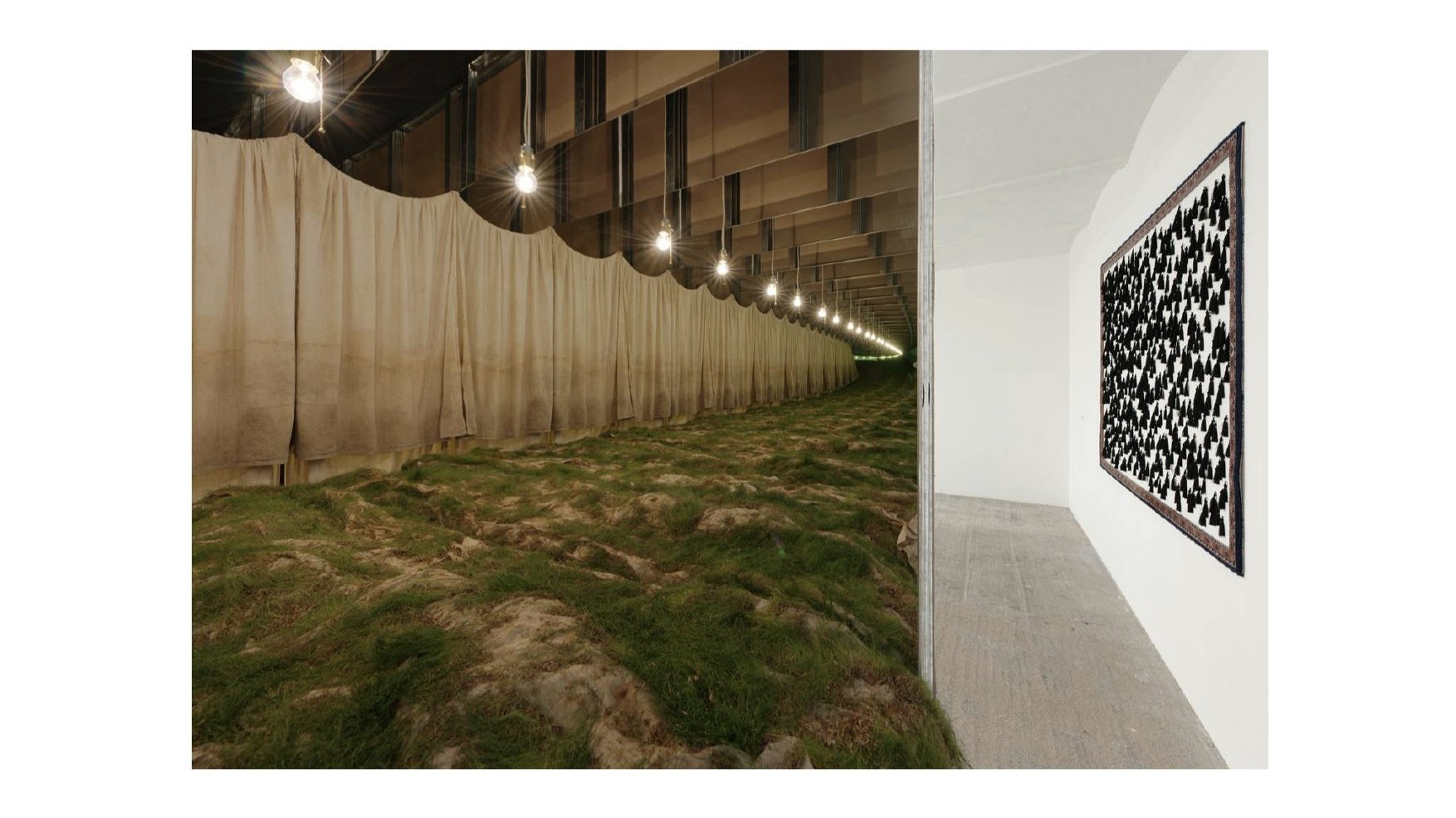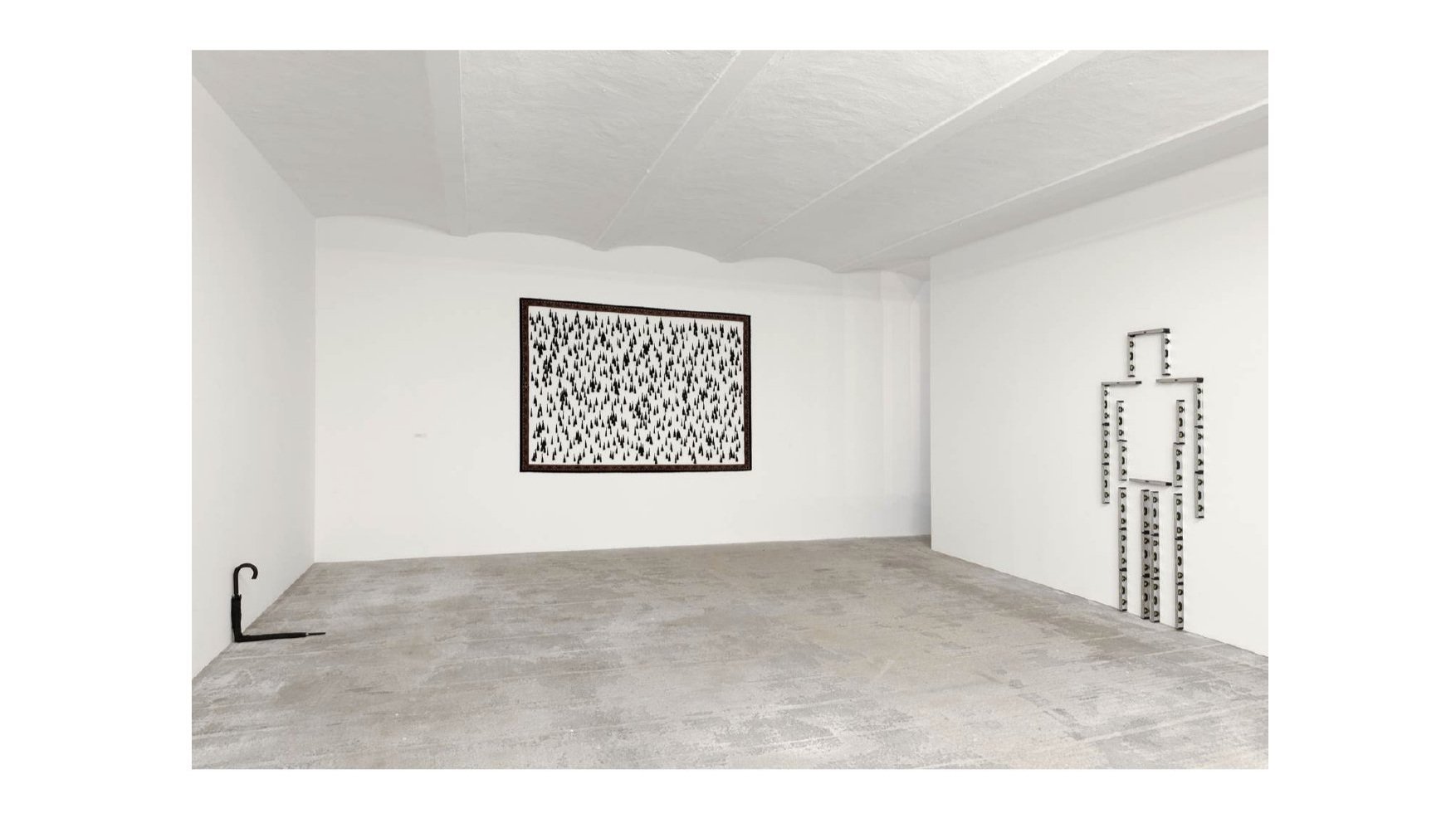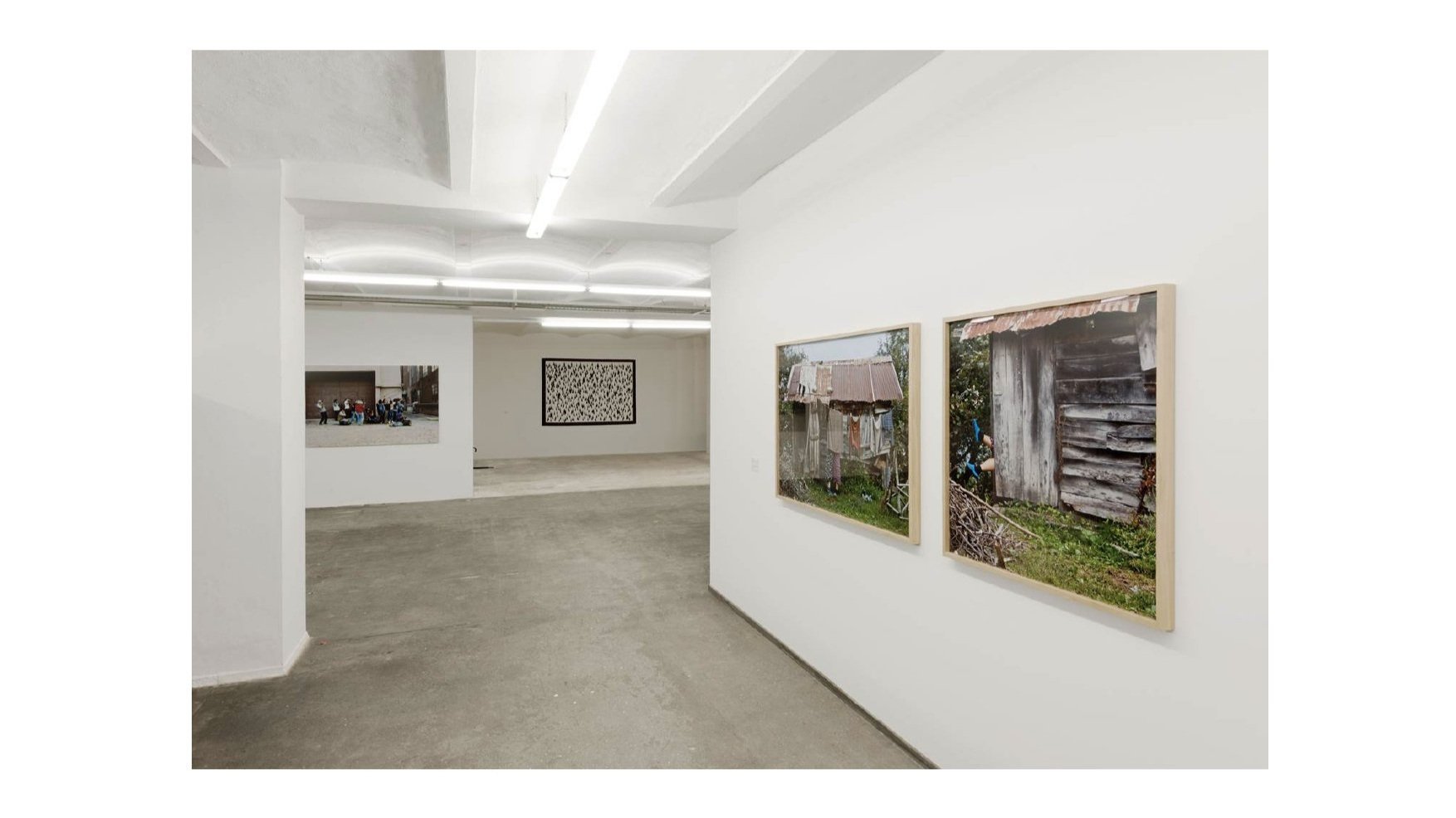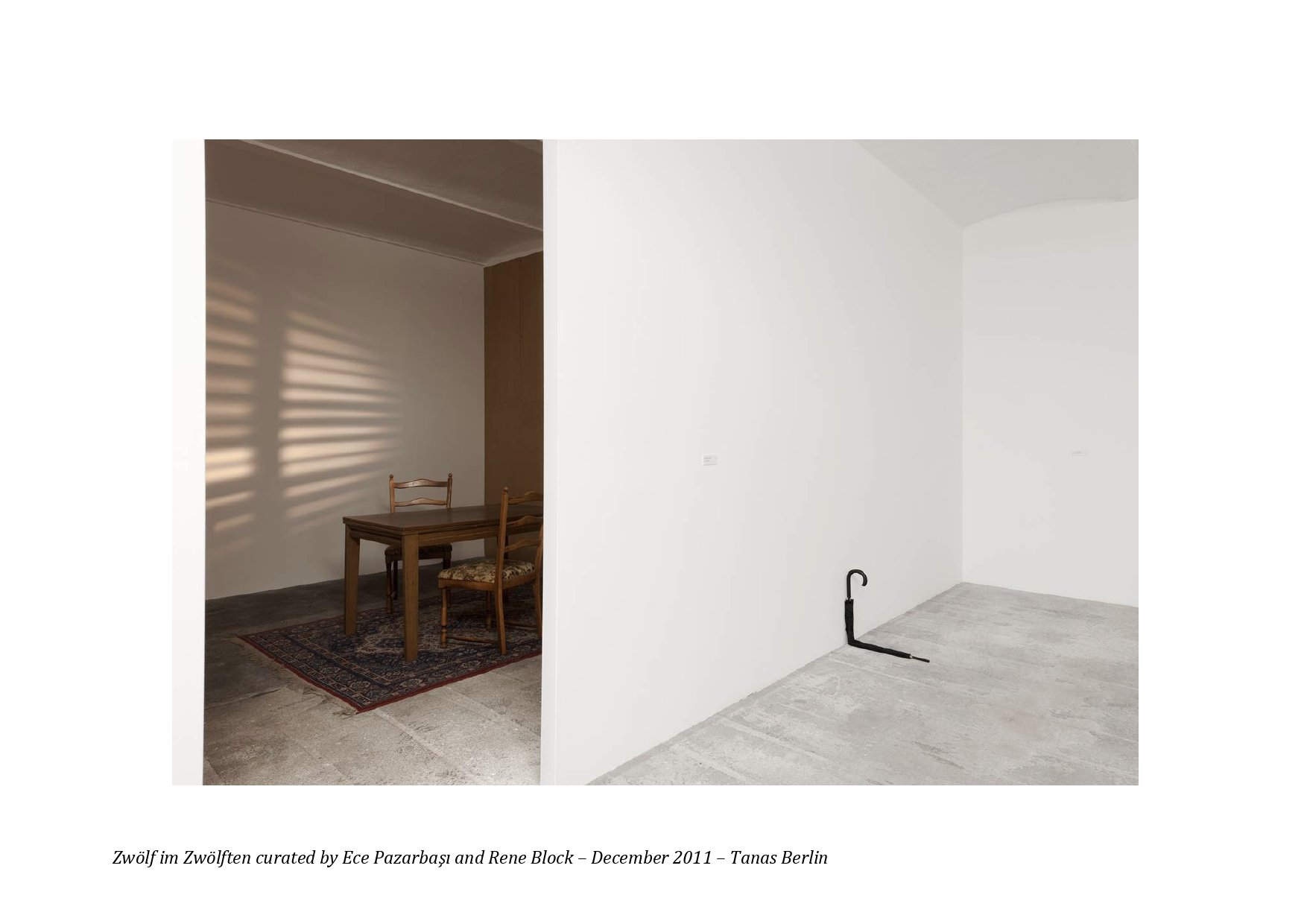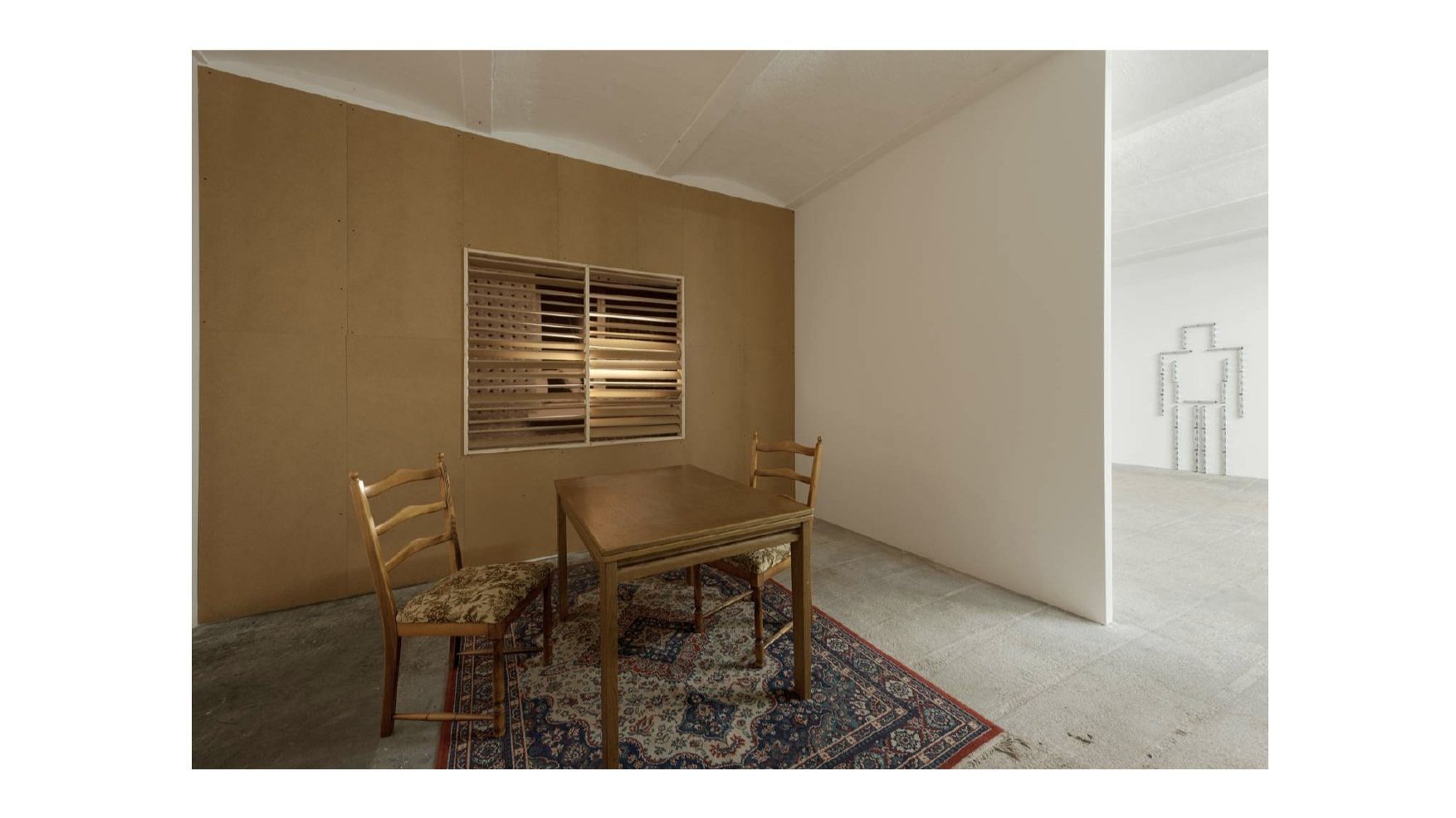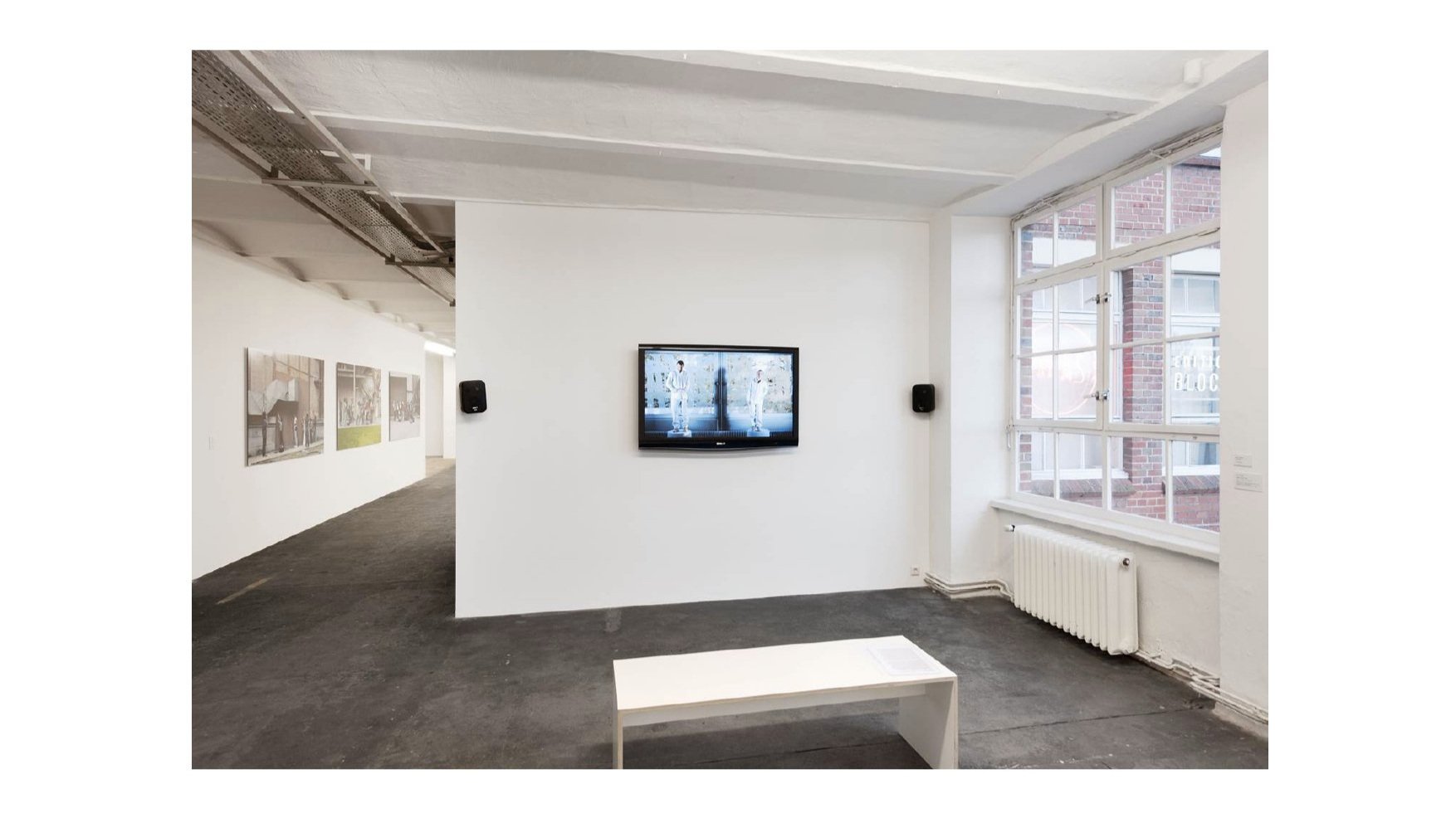ZWÖLF IM ZWÖLFTEN
TANAS BERLIN, Raum für zeitgenössische türkische Kunst
10 DECEMBER 2011- 3 MARCH 2012
With:
Nevin Aladağ
Vahap Avsar
Ergin Çavuşoğlu
Nezaket Ekici
Sakir Gökçebag
Nilbar Güres
Servet Koçyigit
Ahmet Öğüt
Ebru Ozseçen
Anny & Sibel Öztürk
Canan Tolon
Nasan Tur
Curators: Ece Pazarbaşı & Rene Block
“Where there is singing, you can make your home - bad people don't have songs!” — with these oft-quoted words, the poet J.G. Seuene (1763-1810) described a state of mobility which, 250 years later, shapes our global behavior with a philosophy of “feel at home – wherever”.
From a positive point of view, this "wherever" constitutes an open invitation for anyplace around the world. Wherever we settle down, we see the same films, eat the same frozen foods, hear the same music. Wherever we are, we feel immediately “at home”. Almost. If it weren’t for a foreign language, if it weren’t for the things we can laugh about only in the language of our parents and grandparents, whose frequently implied humour or unspeakable sorrow can only be understood in one’s own native culture. And then suddenly it looms threateningly: that feeling of alienness.
But often it is precisely that which is unfamiliar that enriches us, broadens the horizon of thinking and feeling. “Behind the mountains live still other peoples...” went the heading over a chapter in my elementary school reader. Behind the mountains. Getting there can be arduous, but it can also help to gain an often liberating distance from one’s origins, from the narrow confines of one’s own valley.
Zwölf im Zwölften is an exhibition of “At Home, Whereever” book, the twelfth volume of "Contemporary Art in Turkey." It presents a selection of twelve artistic positions initially linked by only one thing: that the protagonists live and work, entirely or for the most part, outside Turkey. Some of them took steps of their own free will to make their way in a new environment. Others were unable to decide this on their own. They left Turkey with their parents when they were still children. They grew up in a land unfamiliar to them, learned the foreign language and foreign customs, went to school there and later to the art schools, just as did those who were born Turkish abroad. The exhibition does not intend to document the history of the emigration of Turkish artists who, since the 1930s, but rather a more intimate snapshot of artists who currently work in nine different places.

